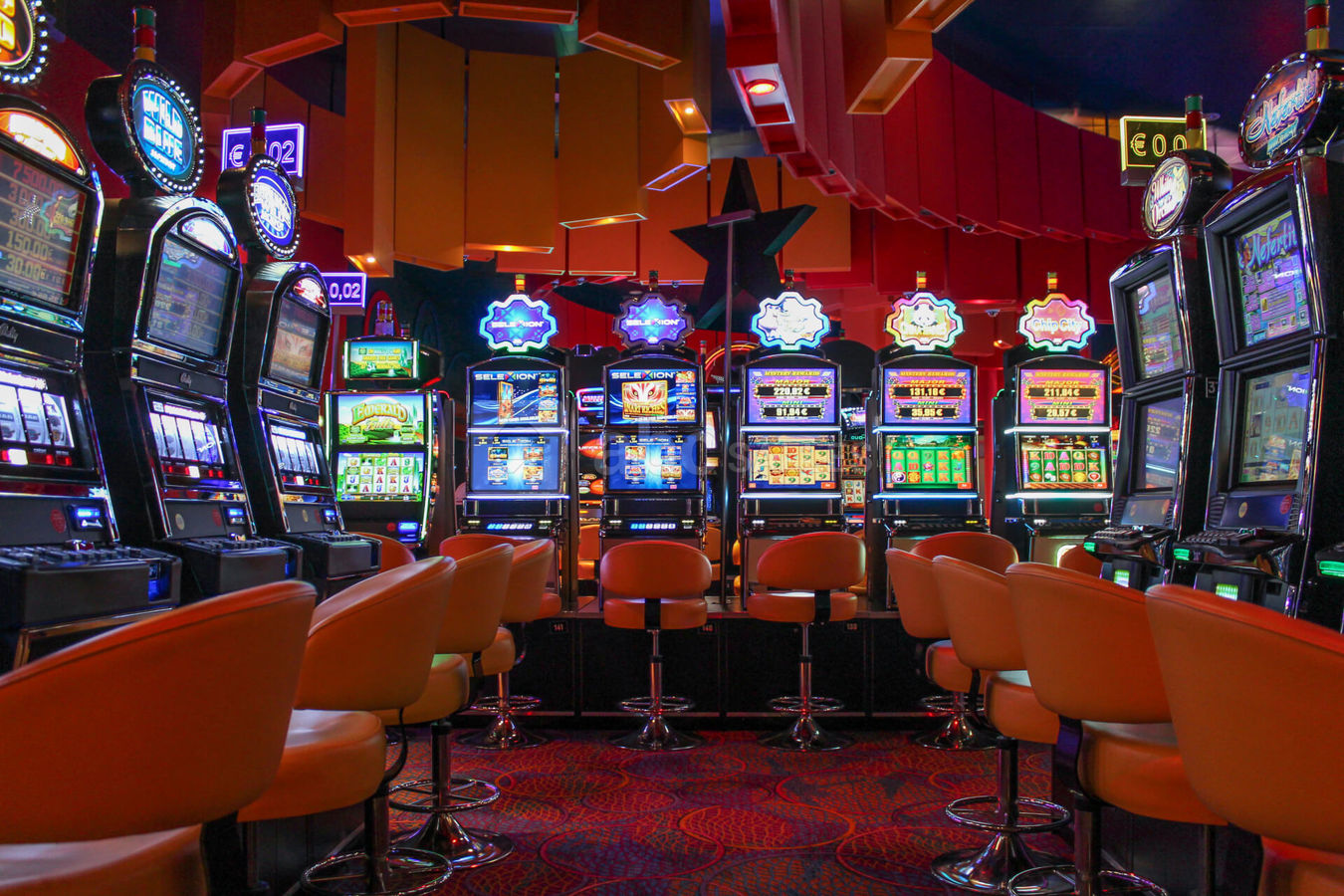In what way Gaming Establishments Employ Shade and Layout to Draw Participants

In a dynamic and thrilling world of gaming establishments, where luck and tactics intertwine, color and design play a pivotal role in attracting gamblers. From the moment players step inside a casino or log into a gaming website, they are immersed in a visual feast that captures their attention and lures them to explore more. Bright colors, captivating graphics, and creative layouts are carefully crafted to create an atmosphere of excitement and expectation, ultimately improving the gaming encounter.
As players navigate through the dynamic landscape of casino games, they encounter a range of designs that not only serve visual purposes but also affect emotions and decision-making. Colors like red and gold symbolize riches and luck, while soothing blues and greens can create a more tranquil environment. Grasping how these elements function together enables casinos to create an welcoming and stimulating atmosphere that encourages players to engage with the games, spend more time at the tables, and boost their general enjoyment.
The Science of Hue in Casino Games
Tint plays a crucial role in the design of casino games, affecting players’ feelings and actions. Bright and striking shades, such as scarlet and gold, are often used to incite thrill and attract notice. These colors create a sense pressure and energy, encouraging players to engage more enthusiastically with the game. By intentionally selecting tints, designers aim to evoke emotions of pleasure and anticipation, which can enhance the complete gaming experience.
Distinct hues also have psychological connotations that can influence how gamblers perceive their odds of success. For instance, green is frequently associated with luck and abundance, making it a frequent choice in activities like roulette and poker games. This connection can cause players to feel more optimistic and assured in their play, ultimately motivating them to wager more. Grasping these links allows game designers to create environments that enhance player satisfaction and engagement.
In addition, the design of gambling game interfaces often employs blended colors and differing hues to instruct players’ actions. For instance, winning combinations may be emphasized with striking, contrasting colors, creating a visual reward. This technique reinforces successful results and encourages repeated engagement. By leveraging the science of color, casinos can create activities that not only draw participants but also maintain them interested and committed in their game experience.
Design Elements that Attract Gamers
The visual appeal of gambling games is primarily influenced by the use of bold colors. Bright and contrasting colors are strategically chosen to create an inviting atmosphere that captures attention. For example, crimson and golds often signify good fortune and wealth, which is why they are common in the palettes of slot machines and game surfaces. These colors not only draw players in, but they also evoke emotions associated with thrill and expectation, enhancing the overall gaming experience.
In addition to color, the aesthetic and organization of gambling games play a crucial role in player attraction. Games are designed to be user-friendly, ensuring that players can quickly understand the rules and mechanics. Accessible interfaces, along with captivating graphics and motion, help maintain gamer interest and encourage longer play sessions. The physical elements, such as the feel of the buttons and the audio of the games, also add to a comprehensive sensory experience that keeps players immersed.
Finally, conceptual elements in game design can significantly influence player choice. Many gambling games are inspired by media, fairy tales, or exploration motifs, incorporating symbols and characters that connect with players. These themes create a sense of engagement and connection, making each game feel distinct. When players feel a bond to the theme, they are more likely to choose that game over others, leading to increased participation and excitement within the casino environment.
Case Studies: Notable Casino Game Designs
One noteworthy example of impressive gambling game design is the well-known slot machine series themed around popular movies. Games such as those based on the Wizard of Oz and Game of thrones utilize vibrant colors and high-quality graphics to enthrall players in familiar narratives. The application of dynamic visuals and entertaining sound effects captures the focus of players, creating an psychological connection to the theme. This tactic not only encourages longer play but also boosts the overall gaming experience, leading to increased player retention.
Another successful case is the application of color in table games like blackjack and roulette. Casinos often create these games with rich reds and greens, colors traditionally linked with luck and wealth. For instance, the emerald felt on a blackjack table provides a calming effect, while the red accents in the wheel invite anticipation. This thoughtful use of color helps to establish an inviting atmosphere that motivates players to engage, satisfying their psychological impulses and enhancing their enjoyment.
Finally, social casino games that incorporate community features and lively, colorful designs have experienced remarkable success in engaging players. Games like Zynga’s Poker and Slot-O-Mania leverage bright colors and playful animations to forge an inviting online environment. The addition of leaderboards, social sharing options, and in-app rewards promotes competition and community, drawing players in for longer sessions. Such designs not only make the games visually enticing but also underscore community engagement, a key factor in player retention and engagement within online casino environments. đá gà trực tuyến
